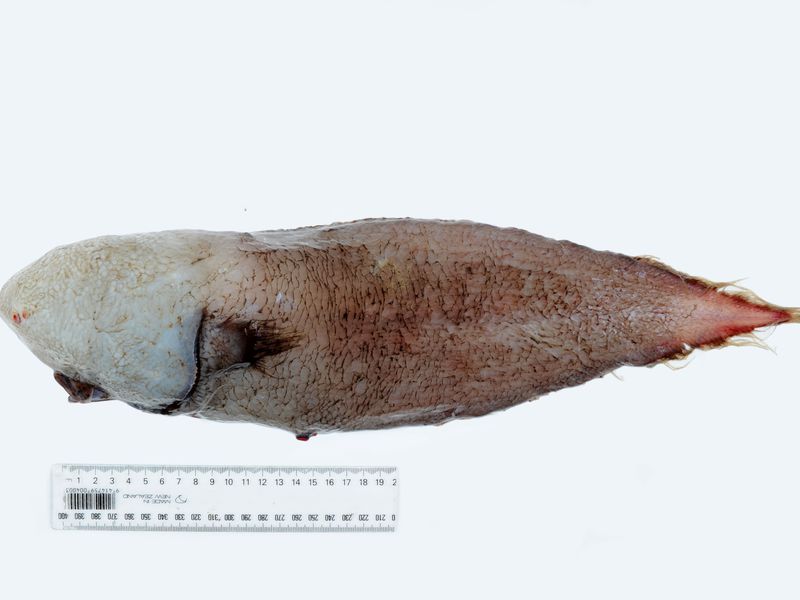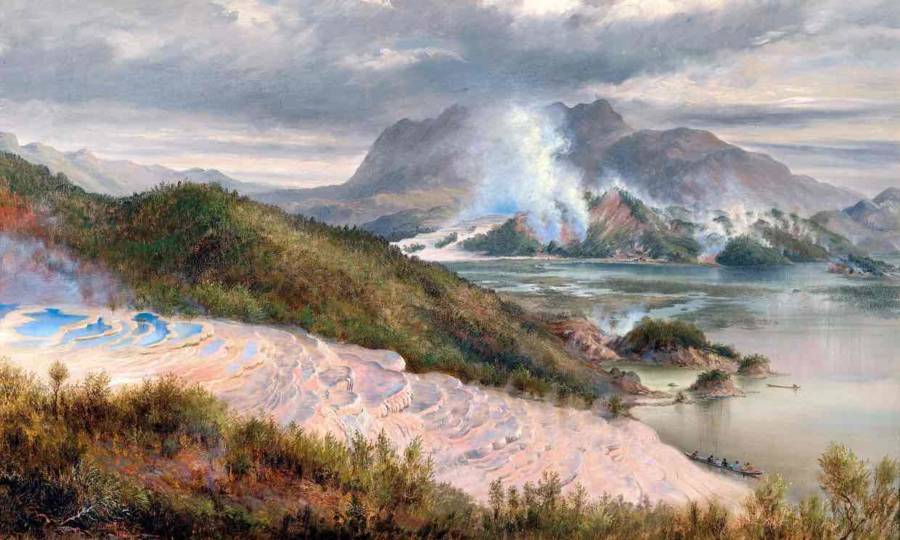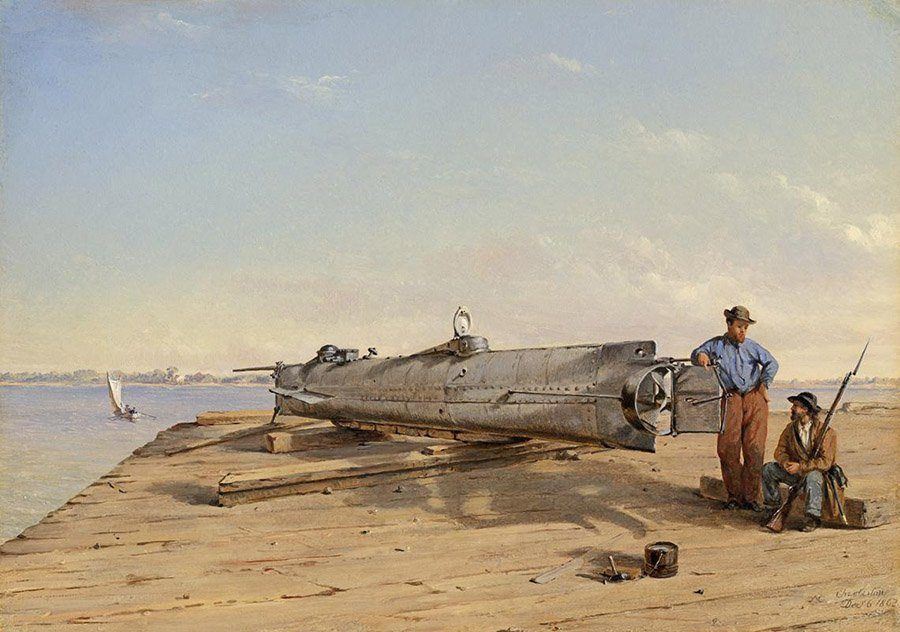Faceless fish caught, 8th wonder rediscovered, Civil War bodies found, Jefferson Davis Day celebrated, Aztec temple unearthed.
Faceless Fish Caught In Australia For The First Time In 140 Years

John Pogonoski, CSIRO Australian National Fish CollectionThis new faceless fish is chubbier and healthier than the one found more than a century ago, experts say.
Deep down in the waters off the coast of Australia, the water is a chilly 34 degrees and no light cuts through the highly pressurized surroundings.
It’s a world that we know relatively little about — a world where, apparently, faces aren’t really necessary.
A crew of scientists caught a fairly ugly blob of a creature this month, and they were thrilled.
See more here.
The Lost Eighth Wonder Of The World May Have Finally Been Rediscovered

Charles Blomfield/Wikimedia Commons Pink and White Terraces (1886)
The Pink and White Terraces were stunningly beautiful mineral formations that cascaded down the banks of Lake Rotomahana in New Zealand’s North Island.
They were the pride of the country and a major tourist attraction for thousands of well-to-do people in Victorian times. They were even referred to as the Eighth Natural Wonder of the World.
Then, on the morning of June 10, 1886, a nearby volcano erupted.
120 people were killed and, as craters opened up on the lake’s floor, the water began to boil and ash bubbled up to the surface.
By the time the Earth stopped trembling, mourning survivors were shocked to see that their precious natural treasures — and the lake that they had bordered — had both completely vanished.
The Terraces, New Zealanders were forced to conclude, had either been blown apart by the blast or permanently entombed in a case of volcanic mud.
Now, 131 years later, researchers are claiming to have proved them wrong.
Dig deeper here.
More Human Remains Found In Civil War Confederate Submarine

Wikimedia Commons1864 painting of the H. L. Hunley by Conrad Wise Chapman.
The details behind the sinking of a historic vessel have eluded archaeologists and historians alike for years, but new findings may help hack away at some of the boat’s mystery.
This week, archaeologists have uncovered more human remains from the H.L. Hunley, a submarine used by the Confederate Army during the U.S. Civil War. The vessel, which debuted in 1863, was the first of its kind to sink a ship in battle. However, that same fate awaited the Hunley and its eight crew members, who perished soon after sinking the USS Houssatonic in February 1864.
Centuries after it sank and after over a decade of searching, in 1995 researchers located the Hunley off the coast of Charleston, South Carolina. Five years later, they had it raised for examination. On Wednesday, archaeologists and conservators unveiled the most recent development in the restoration project: a now-visible crew compartment.
Discover more about the findings in this report.






